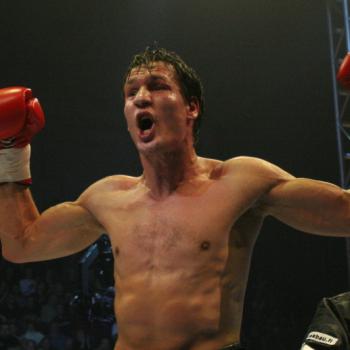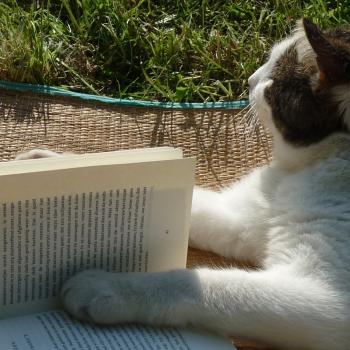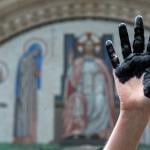Two of my obsessions together at last!
…The most compelling characters in Zoe Heller’s The Believers (2009) and Joshua Henkin’s The World Without You (2012) are daughters Rosa and Noelle, each a ba’ala teshuva who “converts” from the secular Judaism of her youth to Orthodoxy. The Believers, as its title indicates, is about belief of all kinds—of what, if not the religious, we will put our faith in. Henkin’s first novel, Swimming Across the Hudson, takes up a related theme as its protagonist grapples with the aftermath of his departure from the modern Orthodox faith in which he was raised.
Even novels that aren’t explicitly about belief have taken to depicting—sometimes in great detail—the lives of traditional believers. The imagined Alaskan Jewish community in Michael Chabon’s The Yiddish Policeman’s Union is defined by the small but visible “Verbover” Hasidic sect. Chabon’s corrupt, conspiring Verbovers are less sympathetic than Heller’s sometimes abrasive but genuinely caring Monsey Orthodox, but in painting his Jewish world Chabon still needs to include the Orthodox.
Fiction isn’t anything so simple or dull as cleverly-written sociology, but demography is one possible cause for this resurgent concern for belief and believers among Jewish-American novelists. Last year’s UJA-Federation New York Jewish Population Survey showed sharp increases among the Orthodox and unaffiliated/secular groups, while Conservative and Reform Judaism continued their long decline. The increase in New York’s overall Jewish population was driven entirely by the growth among the Orthodox, now making up a full 40 percent of New York’s Jewish population—and providing over 60 percent of Jewish children. A more recent survey has confirmed that while New York’s Orthodox neighborhoods are growing, other Jewish neighborhoods are shrinking.











